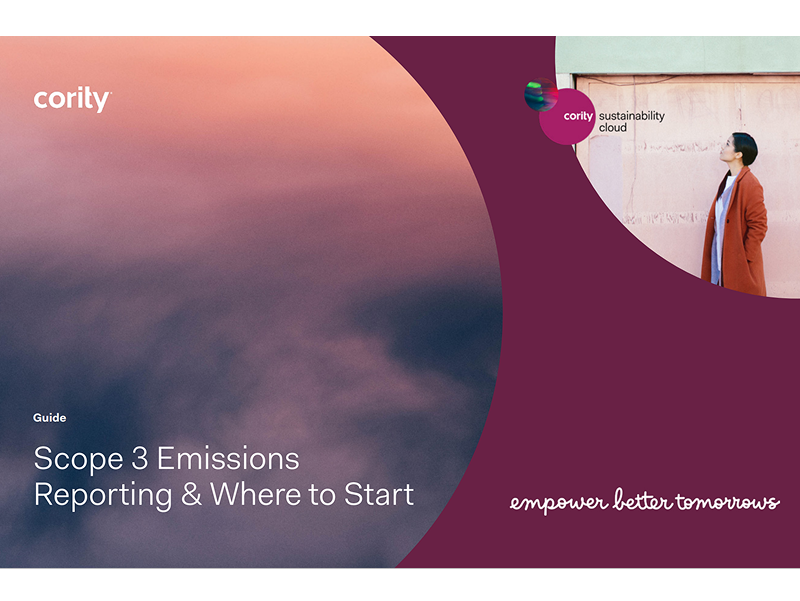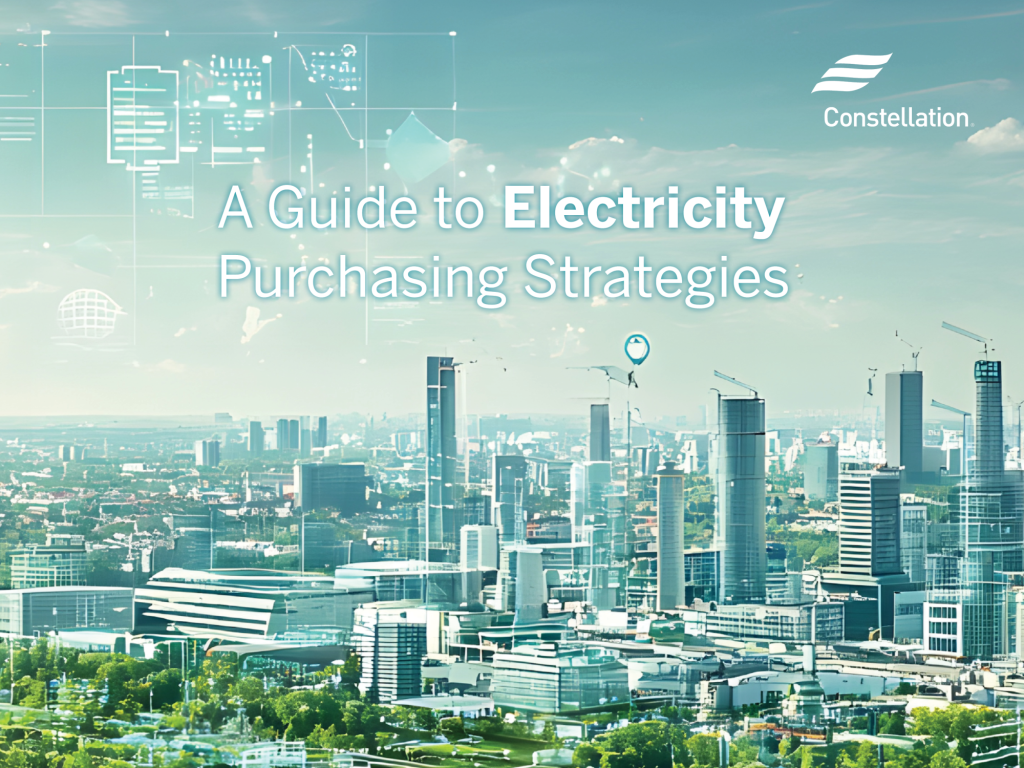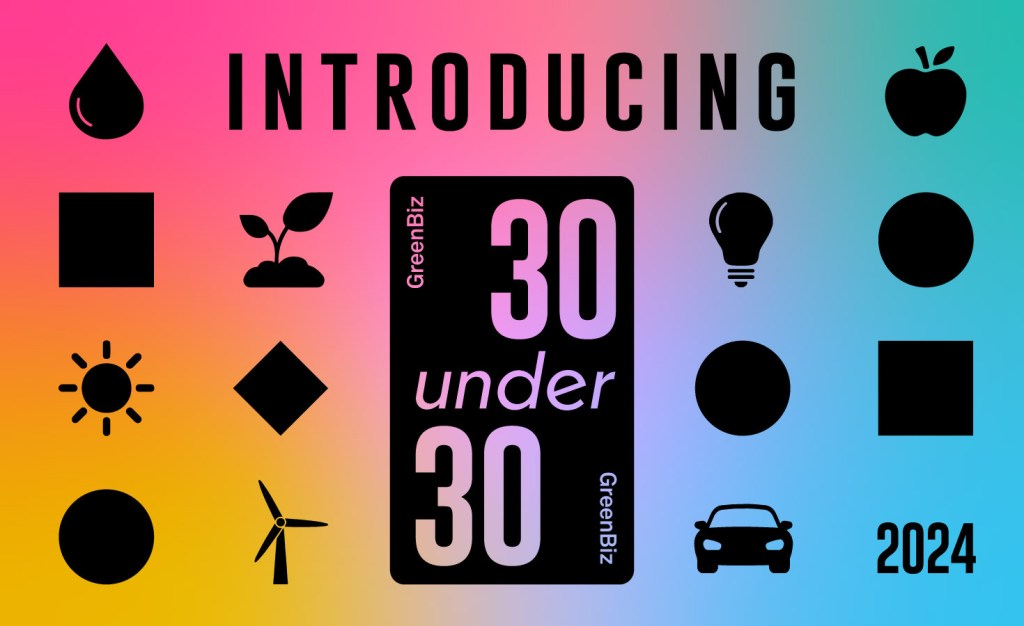The Generous Cities Summit: How to meet the needs of 3 billion new humans?
Lessons from Janine Benyus, Calera and Interface on accelerating "purpose-built" and regenerative built environments. Read More

Janine Benyus had one big goal ahead of her keynote speech at the Generous Cities Summit: to bring together perspectives from people from different backgrounds who don’t typically attend the same conference. Each of these people represents a small piece of a larger puzzle, she said, all focused on one question: “How can cities become purpose-built, net producers of ecosystem services?”
The biomimicry pioneer and co-founder of the Biomimicry 3.8 consutancy spoke recently at the Biomimicry Center at Arizona State University in the Phoenix area.
Her question represents a fundamental shift in the way we view humanity’s role on Earth. Traditionally, sustainability advocates talk about to reduce carbon footprints and do less harm to the environment. The summit, however, examined how we could build the world not to take away, but instead to draw inspiration from surrounding ecosystems and start giving back; hence the event’s “generous” tag.
“Generous” in this context means more than its strict definition; it represents a value system dedicated to accommodating an additional 3 billion people by 2050, without crippling resource supplies. This requires the collaboration of researchers, practitioners, decision-makers and tool creators, with a focus on moving from incremental to transformational change.
Where does business fit into this puzzle?
An office fit for a termite
At the Eastgate Building in Harare, Zimbabwe, insects inspire much more than swats of annoyance. Employees spend their workdays in an office designed after the nests of resourceful termites. The air conditioning system mimics the self-cooling capacity of termite mounds, which maintain their temperature within 1 degree despite an external 70-degree Fahrenheit daily temperature change. The building owners have saved $3.5 million in air conditioning costs to date, thanks to 90 percent less energy use than standard ventilation.
Businesses can choose from a variety of mindsets and strategies as benchmarks for doing well and good. Biomimicry 3.8, the architects behind the Eastgate building design, uses the natural ecosystems in which built environments are located as operational baselines. Healthy, natural ecosystems provide myriad benefits that support and maintain life, from flood control to nutrient cycling. If buildings not only visually resembled nature but also functionally mimicked it, they also could be net positive producers of these services. As a net-positive producer, a building returns more of these ecosystem-like assets than it consumes.
Companies striving for meaningful efforts should be specific in their goal-setting, Benyus advised. They should choose a reference habitat, historical or currently adjacent to their property, and try to closely resemble the services of the native ecosystem. Baseline functions of ecosystems have been coined “ecological performance standards,” and businesses and cities have been challenging themselves to meet or exceed the natural standard. Success, therefore, can be measured by choosing key performance indicators that accurately capture the service, such as percent rainfall returned for evapotranspiration or tons of nitrogen cycled per acre for nutrient cycling.
Corporate change
Companies already know they rely on well-functioning infrastructure, but they are changing the reference point for what inspires them. The equation also accounts for well-functioning ecosystem services, and enterprises such as Walmart are already on board. It is examining its agricultural supply chain to see where it can compose a more regenerative system for the cities in which it operates.
Sissel Waage, senior advisor at BSR, suggested that businesses seriously considering biomimicry and the ecosystem services of their properties are making changes to their corporate structures. Such corporate policies include net-positive impact, developing new tools for impact assessment and training staff on the revised vision. Business decision-makers assess whether their reliance on ecosystem services is sustainable and if alternatives exist.
In her 2012 analysis, Maibritt Pederson Zari, senior lecturer in architecture at Victoria University of Wellington, New Zealand, identified alternative designs for regenerative built environments. She highlighted how green roofs and wildlife corridors can provision habitats, and building structures that store carbon can regulate climate. Calera, a company that uses life-friendly chemistry, emulates coral reefs by creating concrete that sequesters carbon dioxide.
However, while great strides have been made in biomimicry, there are wide gaps between the quantitative data of ecosystem services and the solutions to recreate them. Business can contribute by test-driving potential solutions with pilot projects.
Aspiration to implementation
In the pursuit to transform cities, summit organizers focused on turning large, abstract goals into reality. Pilot projects seem to be the solution.
“It starts with the aspirations, then it gets to the math, then it gets to the door,” Benyus said. Much like the people in the puzzle, each project serves a purpose in building foundational knowledge to pull lessons from, what Benyus called “a thousand experiments with a shared intent.”
An example pilot is the “factory as a forest” concept that Interface is using to redesign its factory in LaGrange, Georgia. The pilot embodies becoming a net-positive contributor to the surrounding environment by packing in as many ecosystem services possible per square foot. Mirroring the forest might be a biomimicry objective, but as Erin Meezan, VP of sustainability at Interface, pointed out, it also can be framed as a solution to an organization’s problems, such as improving worker conditions.
How do you go about implementing a pilot? Here are a few recommendations for action:
-
Have a clear vision with quantifiable metrics: Everybody involved in the process needs to move in the same direction and be able to track progress.
-
How does the pilot fit within your organization, and what is the value that it brings? The most successful projects are those with a clear value proposition that relates to the core business.
-
Collaboration: Practitioners should focus on building a diverse stakeholder group specific to the task at hand, whether this is corporate risk managers, ecological groups, suppliers or janitors. The project will be more appealing when multiple people have a say in the process, and adequate data can be collected from the very beginning.
-
Select a project with “sex appeal”: Who wouldn’t want to get behind a cool project? You have the chance to use powerful storytelling that helps people visualize the concepts you use, demonstrates the various co-benefits of the project, and enhances the brand of your organization.
-
How to work with complexity: Each project will have to deal with the inherent complexity of the place, landscape and connections that exist by designing solutions that are unique to the specific problem.












